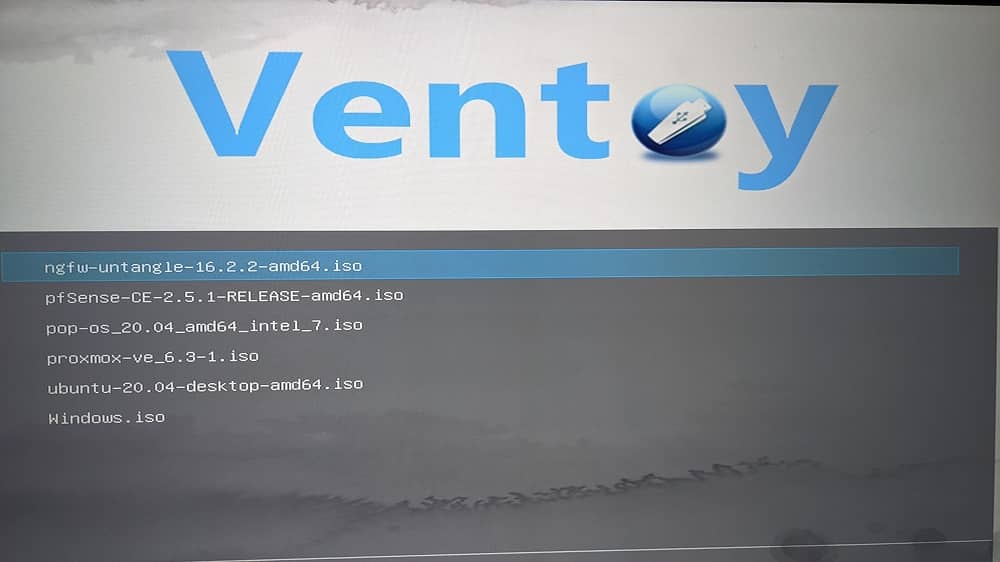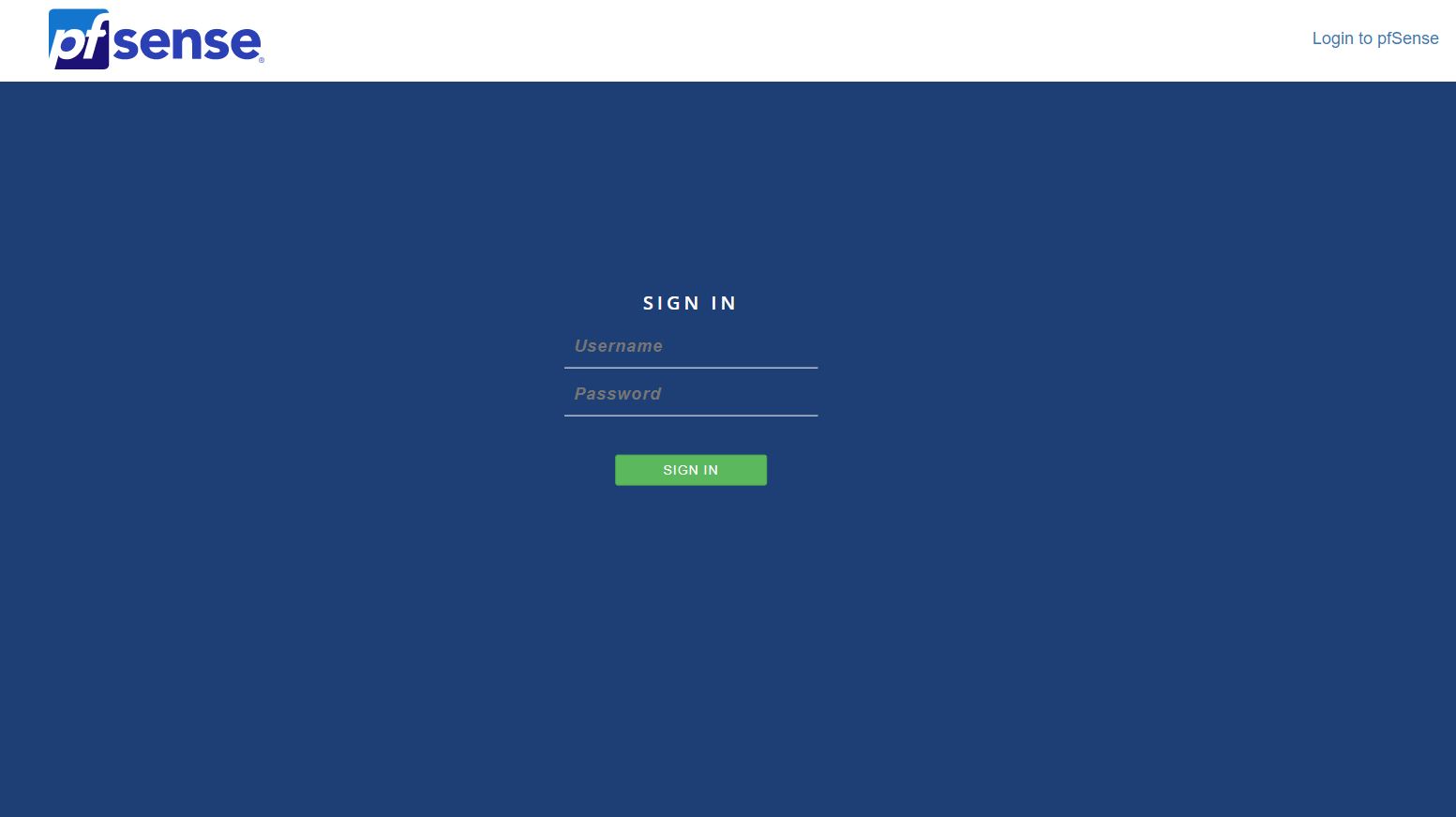

Pi-Hole is an ad-blocker and privacy preserving system.

Connecting remotely feels like being there when administering or monitoring a remote system. Tailscale enables zero-config VPN on steroids to facilitate remote administration of PVE nodes.

I will cover these in follow up HowTo guides.
VENTOY PFSENSE INSTALL
In my opinion, for any installation I suggest you also install the following as part of the standard installation.

Gateway will usually be 192.168.0.1 (or 192.168.1.1)įor DNS server I suggest you use the public Google DNS server 8.8.8.8 or 8.8.4.4 - it is fast and accessible from anywhere on the planet, bypassing your ISP DNS sever which most times is the least desirable option to choose. Netmask will usually be 255.255.255.0 to allow up to 254 network nodes. assuming your network address is 192.168.0.0 you could standardise on your PVE node being always on IP 11 (i.e.
VENTOY PFSENSE PLUS
One of the reasons I suggest this naming convention is because we will be installing Tailscale on the PVE system to allow us to manage it from any remote location anywhere in the world (it makes it very easy to identify which host you are connecting to).įor IP Address use: an IPv4 address and make certain this address is outside the DHCP address range, plus it is always the same in case you are the type of person who installs this for other people (e.g. local as the domain name denoting it is a non cloud hosted system - exists only on the LAN). If you are performing a home lab, residential or a small self contained SME installation (one PVE node only) you can consider the following guide:įor hostname use: pve-xxx.local (xxx = the location name, and. A PVE node is running as a headless server (keyboard, mouse and display are not required following a bare-metal install of Proxmox). This NIC must be connected to the network at all times in order to manage PVE (you cannot manage PVE from the system you are installing it on - well, you can, but you need to have deep skills using command line - using the GUI is the recommended method administering PVE). Note the NIC selection states "Management Interface" on the screen below. Important Note: If your system has more than one Network Interface Card (NIC) you can select which interface you want to use to manage the PVE node/server. You then follow the Proxmox installation instructions, which is an excellent source of information. I suggest your system has at least 4GB RAM, uses an SSD as the storage device (NVMe preferable but SATA III will be OK as well) and has a 1 GbE network interface (100 MbE is OK but not desirable).
VENTOY PFSENSE ISO
Ventoy will display all ISO images, just select the one for PVE (e.g. Do not forget to enable boot from USB, as well as configure the USB memory stick to be the first boot device. Disable secure boot and enable all virtualisation settings, if not enabled by default. Go to the target system, plug the Ventoy USB Disk (VUD) and boot the system to access the BIOS settings. If not familiar with Ventoy, read my installation guide. Copy the PVE ISO on the Ventoy USB drive (where you keep all ISO images). Please follow me on my portal where I have started publishing new content.īefore you start make certain you meet the minimum installation requirements.ĭownload the latest ISO (official link) - e.g. I will be sunsetting this blog by summertime. Having tested almost all blogging and newslettering sites I have come to the conclusion they are all very limited in what can be accomplished. I am now moving all content to my portal - where I have complete control of the content presentation. I would like to thank everyone who has visited my blog on hashnode.


 0 kommentar(er)
0 kommentar(er)
